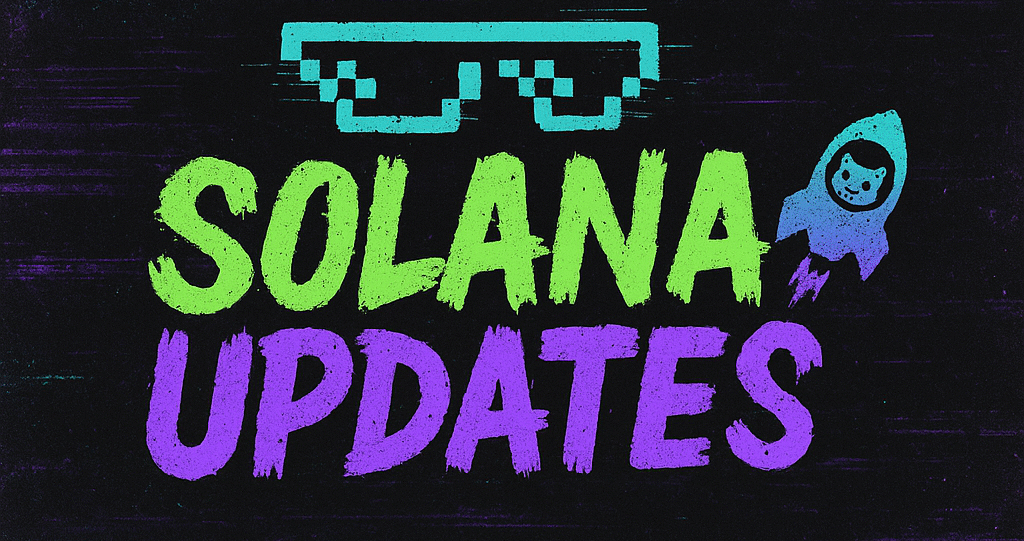In a groundbreaking development, the European Securities and Markets Authority (ESMA) is poised to take direct control over the oversight of cryptocurrencies within the European Union. This strategic move aims to address the ongoing challenges of fragmented market supervision and cross-border licensing conflicts that have plagued the EU’s crypto landscape.
Under the Markets in Crypto-Assets (MiCA) regulation, ESMA’s proposed centralization of authority marks a significant shift in how cryptocurrencies are regulated across the EU. The initiative comes as individual member states have struggled to maintain cohesive and effective oversight, leading to inconsistencies and regulatory loopholes that could potentially be exploited.
Addressing Fragmentation in Supervision
The current decentralized approach to crypto regulation within the EU has led to a patchwork of policies and standards. Each member state has had the autonomy to implement and enforce its own regulations, which has resulted in a lack of uniformity and coordination. This disjointed framework has not only confused crypto businesses looking to operate within the EU but has also posed significant challenges in enforcing compliance and safeguarding market integrity.
By consolidating crypto oversight under ESMA, the EU aims to create a more streamlined and harmonized regulatory environment. This centralization is expected to facilitate a more consistent application of rules, enhance investor protection, and reduce the risks associated with regulatory arbitrage, where businesses exploit differences between national regulations to their advantage.
The Role of MiCA in Enhancing Oversight
The MiCA regulation serves as the cornerstone of the EU’s efforts to establish a comprehensive and unified regulatory framework for crypto-assets. By empowering ESMA with direct oversight capabilities, MiCA seeks to ensure that all crypto-related activities across the EU adhere to a standardized set of rules and guidelines. This is crucial in creating a level playing field for businesses and fostering a secure and transparent crypto market.
Moreover, MiCA’s provisions require crypto service providers to obtain a license to operate across the EU, thereby simplifying cross-border operations and reducing the regulatory burden on companies. This is particularly beneficial for startups and smaller enterprises that often face significant barriers in navigating the complex regulatory landscape.
Challenges and the Path Forward
Despite its promising potential, the path to centralized oversight under ESMA is not without challenges. Member states have expressed concerns over losing regulatory autonomy and the implications of a one-size-fits-all approach to oversight. Balancing national interests with the need for a cohesive EU-wide strategy will be a delicate task for policymakers.
Furthermore, as the crypto market continues to evolve rapidly, ESMA will need to remain agile and adaptable in its oversight strategies. This includes staying ahead of technological advancements, addressing emerging risks, and fostering innovation while ensuring robust consumer protection.
The EU’s initiative to centralize crypto oversight under ESMA represents a bold and necessary step towards addressing the challenges of fragmented supervision. By establishing a unified regulatory framework, the EU aims to enhance market integrity, protect investors, and position itself as a leader in the global crypto space. As discussions continue and the implementation of MiCA progresses, stakeholders across the crypto ecosystem will be closely watching how these regulatory changes unfold.
🛒 Recommended Product: Check out top-rated crypto gear on Amazon


